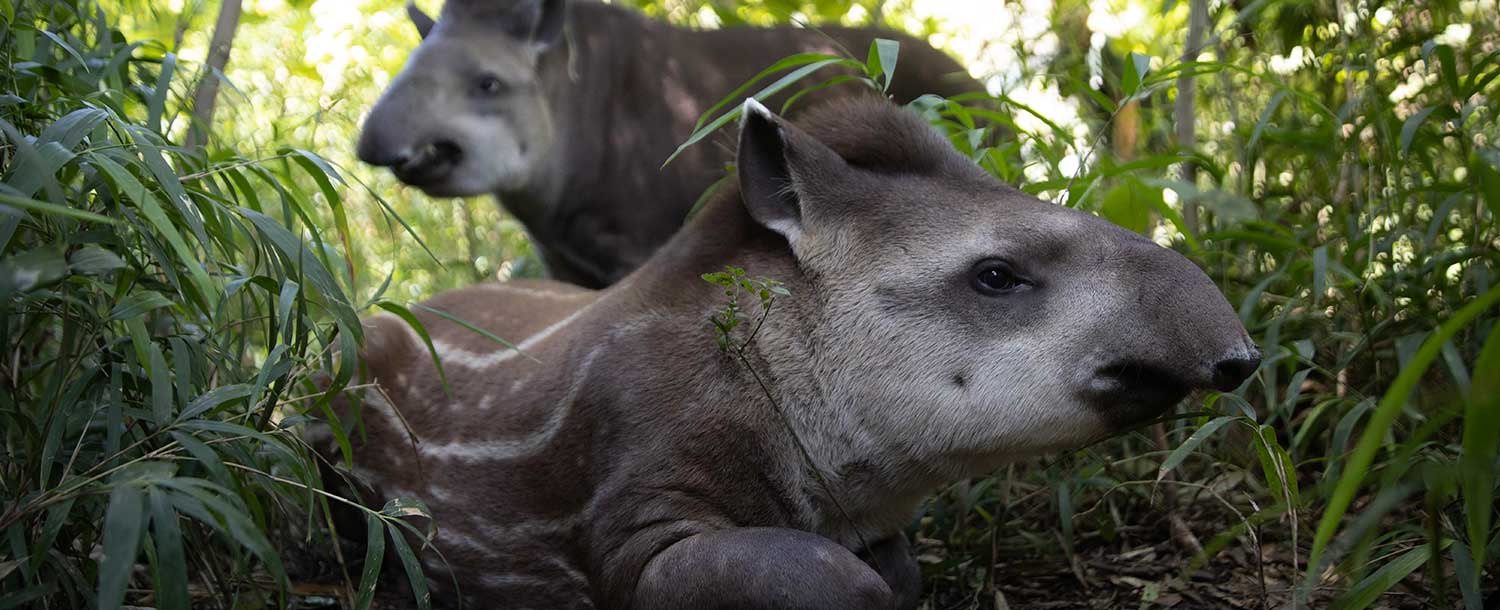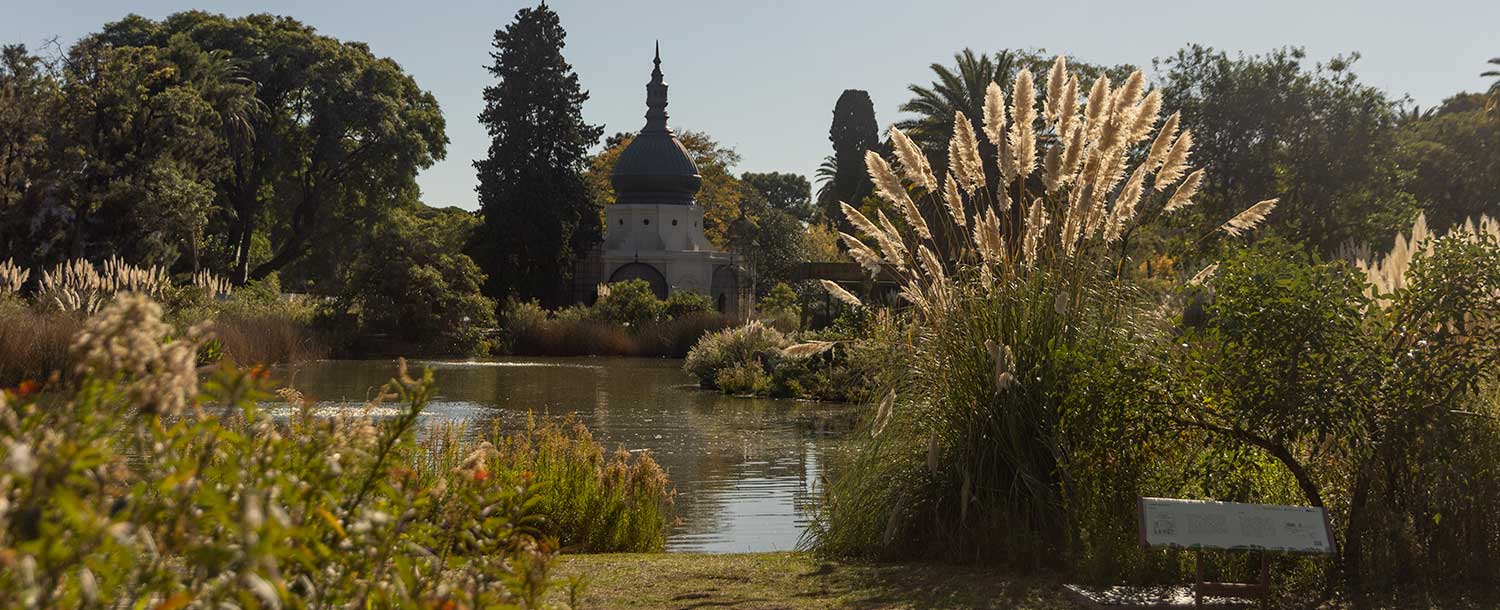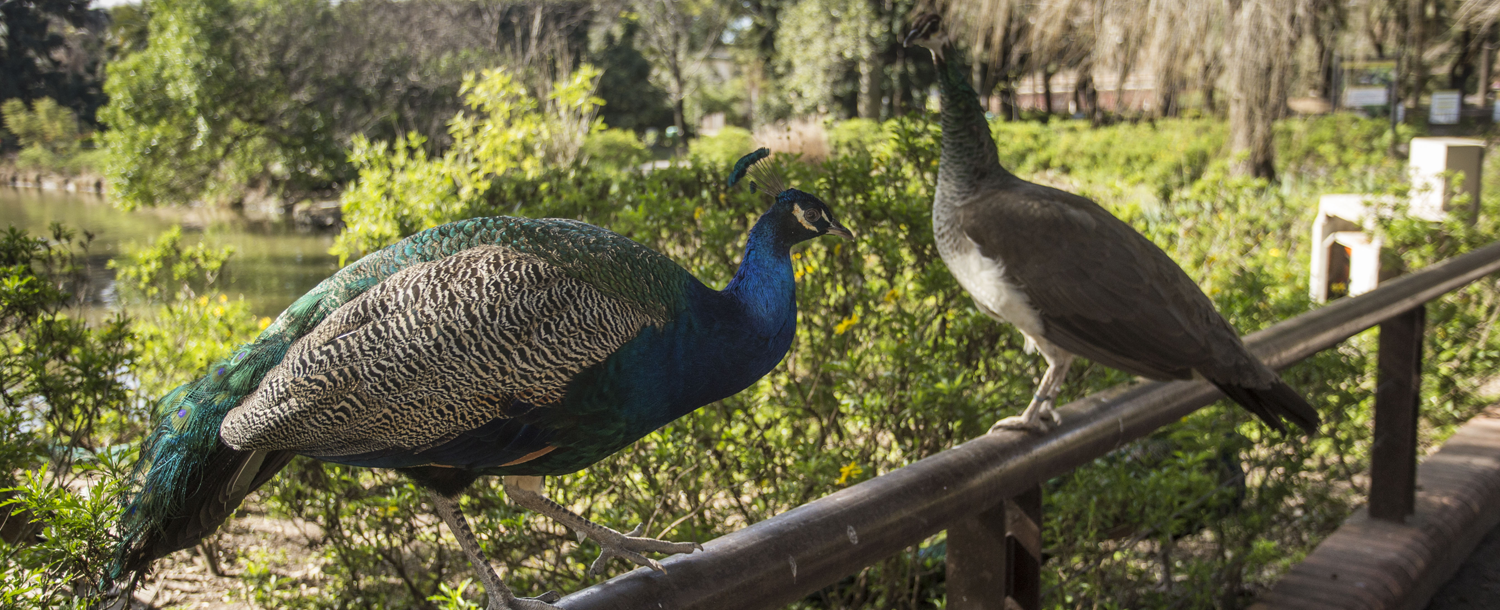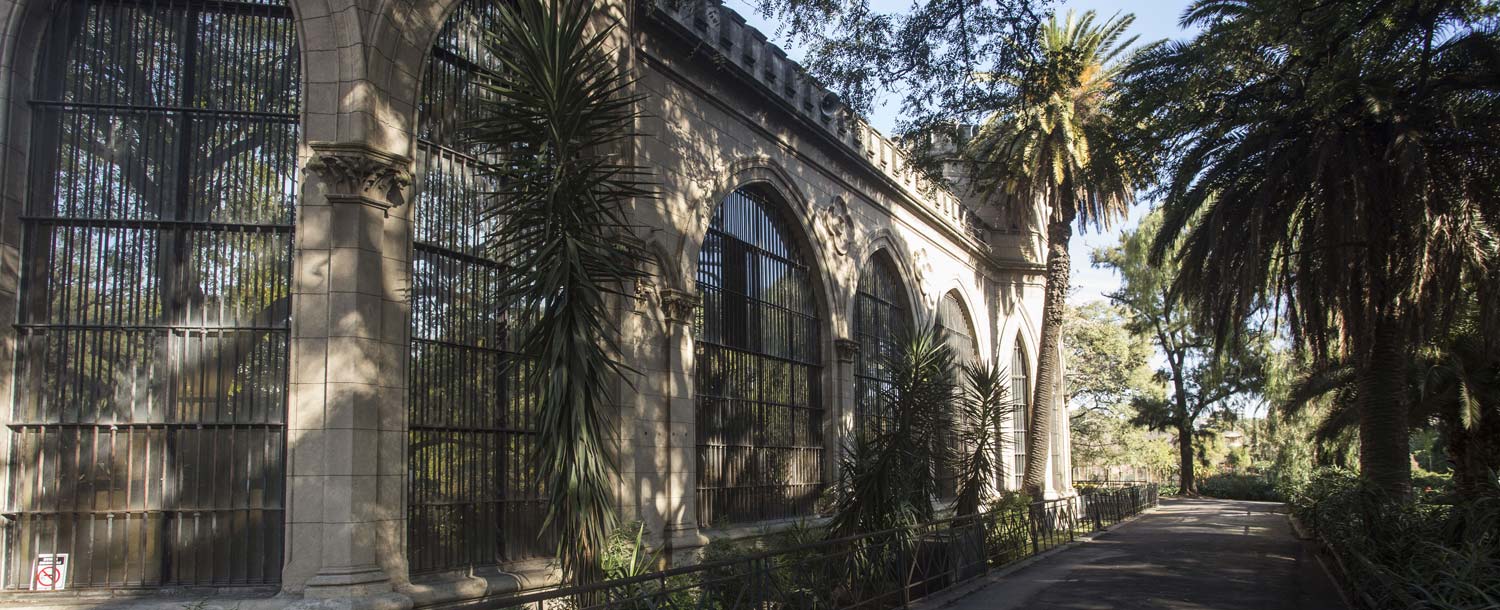Buenos Aires Eco-park
Present in tours
The historic Buenos Aires Zoo has re-opened as an interactive 21st century eco-park, improving animals' standards of living, and offering visitors a more educational and fulfilling experience for all the family.
In June 2016, the Buenos Aires City Government took the decision to close the 140-year-old Buenos Aires Zoo and release about 2,500 animals (the majority of the zoo's population) into the wild. The site has bow been transformed into a more modern, interactive Eco-park that aims to raise awareness of environmental issues and the importance of protecting animals' natural habitats both in Argentina and internationally.
The park has shorter opening hours than the old zoo and entrance is limited to 2,000 people per day. Feeding animals is not permitted. Work on the creation of the of the park is ongoing, but two areas are already open to the public for visits. Close to the entrance in Plaza Italia is an area with ducks, maras, peacocks and other species that wander freely in an area that recreates a natural habitat of ponds and pasture. The second space located on Avenida del Libertador is named "El Estanque" or the pond, and has more than 2,000 examples of trees and shrubs and 200 native species. Here new paths have been created and artwork from the former zoo has been restored, including fountains and sculptures.
The historic zoo
Buenos Aires zoo was opened in 1888 and functioned until 2016. Although today it is in the process of being transformed into the modern eco-park, visitors can still appreciate its original Victorian-era architecture. The pavillions, which have been declared national historic monuments, reflect the traditional architecture of the countries that the different animals came from - with Moorish, Indian, Chinese and Greek/Roman-style buildings. The former zoo also boasts numerous pieces of art including work by Argentine scultress Lola Mora.




